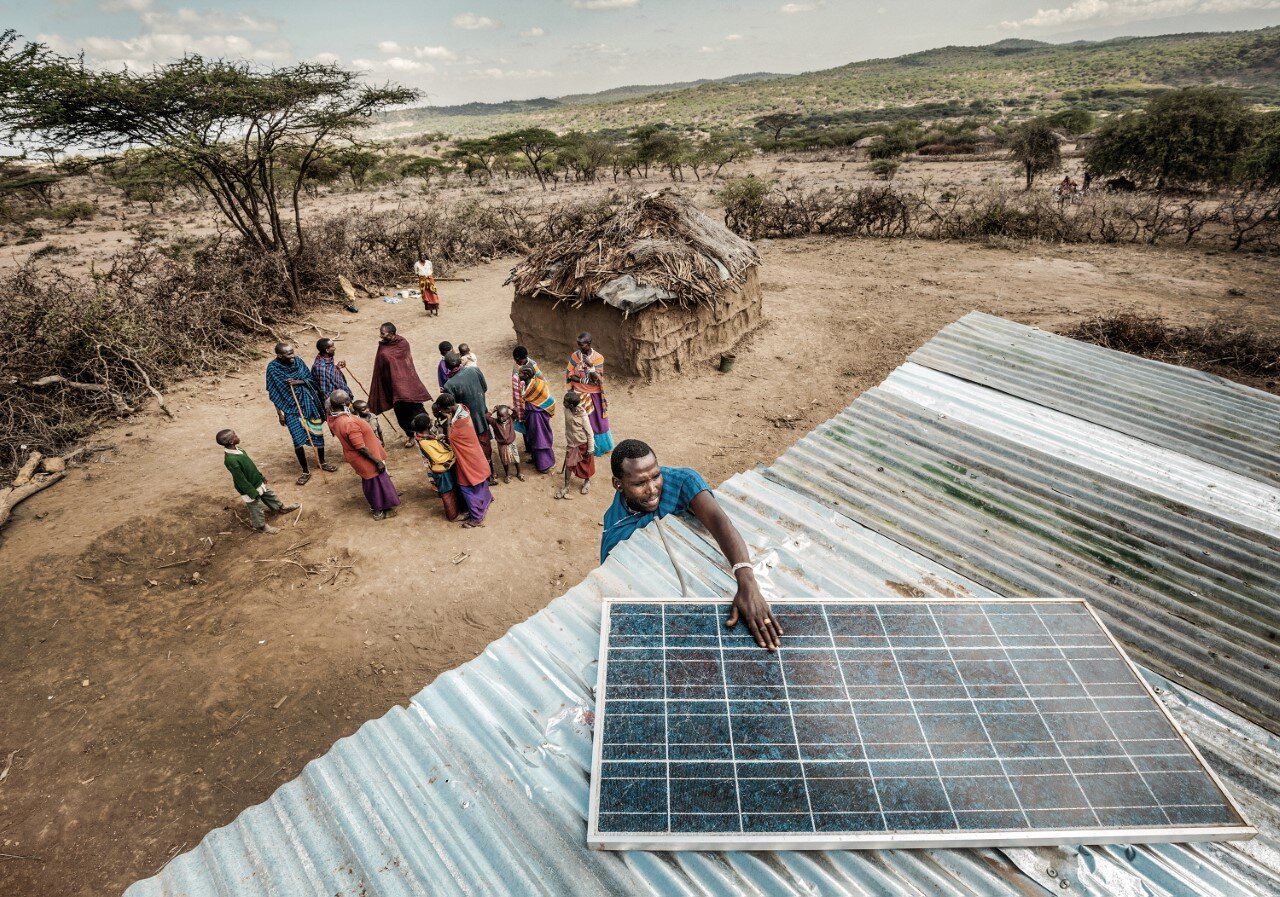
Climate change
We know that humanity is changing the Earth's climate. This fact has been acknowledged in several parallel global processes: with the adoption of the United Nations 2030 Agenda and the 17 Sustainable Development Goals (SDGs) in 2015, shortly after reaffirmed in Paris at the United National Climate Change Conference (COP21).
The signs have been there for several decades, but now, for the first time, we have Global consensus that anthropogenic GHG emission is causing climate change and that there is a real urgency in addressing this issue.
The task at hand is to keep average temperature increases below 1.5 degrees celsius relative to the pre-industrial temperature. To do this we must find affordable and equitable ways to bring every sector of the global economy to net-zero carbon emissions no later than 2050. At the same time, we must adapt to effects of climate change we can’t prevent, taking special care for those with the fewest resources, who often have contributed least to the problem but are likely to be hurt first and worst.
Over the next 30 years, while the global population grows and the demand for higher living standards increases; the planet will continue to get warmer if we do not react. The profound societal transformation that must take place to maintain a habitable Earth will increasingly effect and be led by young people. They will inhabit the Planet in the future, a future that will be shaped by actions that we all take today.
The collection of Energy Portraits gives particular focus to the link between SDG 7 on energy and SDG 13 on climate change and the solutions that are being proposed around the world to solve both of these issues. Tackling climate change requires a swift energy transition, moving away from fossil fuels by optimising energy efficiency and renewable energy in developed and emerging economies and reducing biomass reliance and loss of forests by promoting renewable energy technology as the first-time access in developing economies.
It also means changing our consumption and production patterns to more sustainable systems that embrace reducing resource use, environmental degradation and pollution along the whole product life cycle. In fact, to avert the worst outcomes of climate change, we must find affordable, equitable ways to bring every aspect of the global economy to net-zero carbon emissions.
Energy Portraits put the North and the South of the world together around common challenges assuring affordable access to modern energy while protecting the environment from climate change.
Do you want to learn more about the link between Energy and Climate? GO TO WWW.WAME2030.ORG
